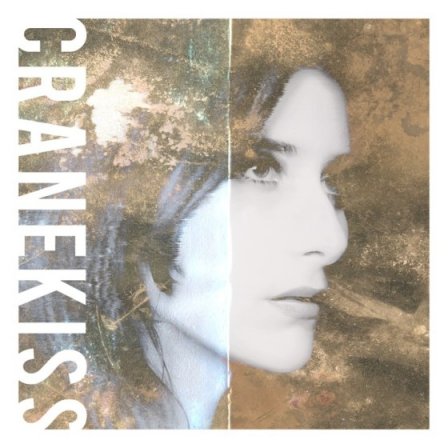Like how many first-wave shoegazers embraced analog-oriented projects after seeing their brief pedal-happy scene (the one that supposedly “celebrated itself”) overtaken by 90s Britpop, a similar aesthetic trend occurred the decade before, when post-punk acts of the black-clad variety shed their gloomy atmospherics in favor of embracing an unprecedented availability (affordability) of synthesizers, thereby ushering in what came to be called New Wave. Regrettably, in reacting to both phenomena, what many fans and critics seemed to forget was that they were still dealing with the same artists. After all, post-shoegaze folk songs were unlike any other acoustic folk songs, and similarly so for any of the colorful keyboard-heavy pop songs that were coming from former post-punk proto-goths. In fact, artists could retain their musical identities even as they traversed through “genres” — who knew? Actually, how could they not? Arguably, any perceived latter-day mellowing or selling out could be seen in a new light, as rather the sound of artists growing artistically, taking chances, and exploring new territories. This could have been the case with many of the aforementioned doom-and-gloom-obsessed songwriters who traded in their guitars for keyboards: for the careful listener, their new material was just as interesting as their old, if not more so; the trademark darkness that defined the latter hadn’t necessarily gone away, it was just buried underneath and informing the newfound layers of pop production.
Such is the case with Tamaryn’s Cranekiss, their third full-length to date. But the significant change in sound hasn’t been without consequences. Named after New Zealand-born, New York-based vocalist Tamaryn Sitha Brown, Tamaryn had up until recently been known as a duo, with co-songwriter and guitarist Rex John Shelverton handling production duties for the band’s first two shoegaze and dream pop-heavy albums, 2010’s The Waves and 2012’s Tender New Signs. But somewhere along the way, by Tamaryn’s own admission, Shelverton had split amicably with her, and Shaun Durkan (of Weekend fame) and producer Jorge Elbrecht (Violens, Ariel Pink) were brought in to realize the singer’s new artistic vision. Although Weekend is well known for their like-minded gloomy guitar-based shoegaze and dream pop aesthetic, Tamaryn’s new vision involved moving considerably in a more pop songwriting direction, as evidenced by the lack of guitars & pedals on Cranekiss. Perhaps this is where Elbrecht, with his diverse experience, could have contributed to. Nonetheless, even without the haunting, almost phantasmagoric washes of guitar that dominated the previous two albums and despite the newfound prominence of robust and well-rounded melodic work that was previously largely swept aside by it, Tamaryn’s new late-80s/early-90s sensitive pop still possesses something of the signature melancholia that inspired her earlier output with Shelverton.
The siren-like synths that start off the album’s title track opener exhibit a sonic texture previously unheard from Tamaryn, but even as the initial shock of her prominent melodious vocals quickly fades and runs its course, the song as a whole once again assumes a recognizable character. On follow-up tracks “Hands All Over Me,” “Last,” and “Collection,” Tamaryn evidently mines exactly who we’d expect (and want) her to — Siouxsie, Cocteau Twins, Depeche Mode — while also creatively employing inspiration from the likes of Kate Bush and even Madonna. Further in, “Softcore” sounds like something cooked up with Durkan, and “Fade Away Slow” and “I Won’t Be Found” reach back to pre-2015 sensibilities. But most encouraging is the album closer, the spookily-titled “Intruder (Waking You Up)”: If there was any worry about how Tamaryn would pick itself up on the heels of two formidable albums, “Intruder” articulates a way forward while remaining true to the project’s ethos and spirit, so much so that by the end of Cranekiss, the creative dead-end suspected of Tender New Signs is rendered, rather, into the exhaustion of just one possible realm of creative possibilities that were first set down by that now-distant, increasingly subjective template that was The Waves.
More about: Tamaryn




